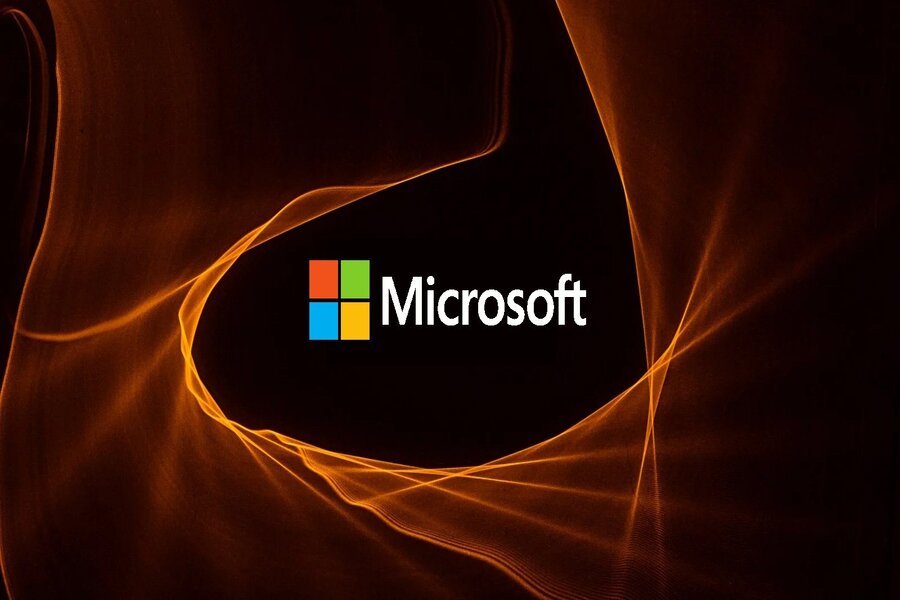Microsoft says Russia-linked hackers behind dozens of Teams phishing attacks. Microsoft has disclosed that a group of Russia-linked hackers is responsible for phishing attacks targeting its communication and collaboration platform, Microsoft Teams. The ongoing attacks pose serious security threats to users and organizations utilizing the platform. In this comprehensive report, we delve into the details of phishing attacks, the potential motives of the hackers, and the implications for cybersecurity and user awareness.
Microsoft’s Investigation
Microsoft’s cybersecurity team has been actively investigating phishing attacks on its Teams platform. Through extensive analysis of the attacks’ patterns, tactics, and techniques, they have attributed the cyber-attacks to a sophisticated group of hackers believed to have ties to Russia. The investigation reveals a well-coordinated and persistent campaign to compromise user accounts and sensitive data.
Targeting Microsoft Teams Users
The phishing attacks target Microsoft Teams users, taking advantage of the platform’s widespread adoption in businesses and organizations globally. The attackers use various methods, such as deceptive emails and fraudulent login pages, to trick users into divulging their credentials. The ultimate aim is to gain unauthorized access to Teams accounts, potentially leading to data theft, corporate espionage, or even further network compromise.
Motives and Implications
The motives behind the Russia-linked hackers’ targeting of Microsoft Teams users remain a subject of speculation. Cybersecurity experts suggest objectives ranging from stealing valuable intellectual property to espionage on high-profile individuals and organizations. Regardless of the precise motive, the attacks highlight the significance of securing communication platforms and raise concerns about the potential misuse of stolen information.
Heightened Cybersecurity Risks
The identification of Russia-linked hackers behind these phishing attacks underscores the heightened cybersecurity risks faced by organizations and individuals in the digital age. Cybercriminals continue to leverage sophisticated tactics and exploit human vulnerabilities to infiltrate networks and exfiltrate sensitive data. Securing platforms like Microsoft Teams becomes paramount as digital collaboration becomes increasingly prevalent.
Importance of User Awareness
User awareness and education play a crucial role in mitigating the impact of phishing attacks. Users must be vigilant and cautious when handling emails, especially those containing links or requesting sensitive information. Implementing multi-factor authentication and staying informed about the latest cybersecurity threats are essential to bolster defense against phishing attempts.
Microsoft’s Response and Security Measures
Microsoft has been actively responding to phishing attacks on its Teams platform. The company is implementing additional security measures, strengthening its detection and prevention capabilities, and proactively notifying affected users. Microsoft’s commitment to enhancing platform security is crucial in safeguarding its vast user base from cyber threats.
Collaborative Efforts in Cybersecurity
The revelation of Russia-linked hackers’ involvement in these phishing attacks underscores the need for collaborative efforts in cybersecurity. Governments, businesses, and technology companies must collaborate to share threat intelligence, coordinate responses, and strengthen cybersecurity frameworks to counter malicious actors in cyberspace effectively.
Conclusion
In conclusion, Microsoft’s disclosure of Russia-linked hackers behind the phishing attacks on its Teams platform raises significant concerns about cybersecurity risks and user safety. Targeting a widely-used communication platform underscores the need for constant vigilance and robust security measures in the digital age. As cyber threats evolve, proactive measures, user awareness, and collaborative efforts will remain essential in safeguarding against potential cyber-attacks and protecting sensitive data.













































Comment Template